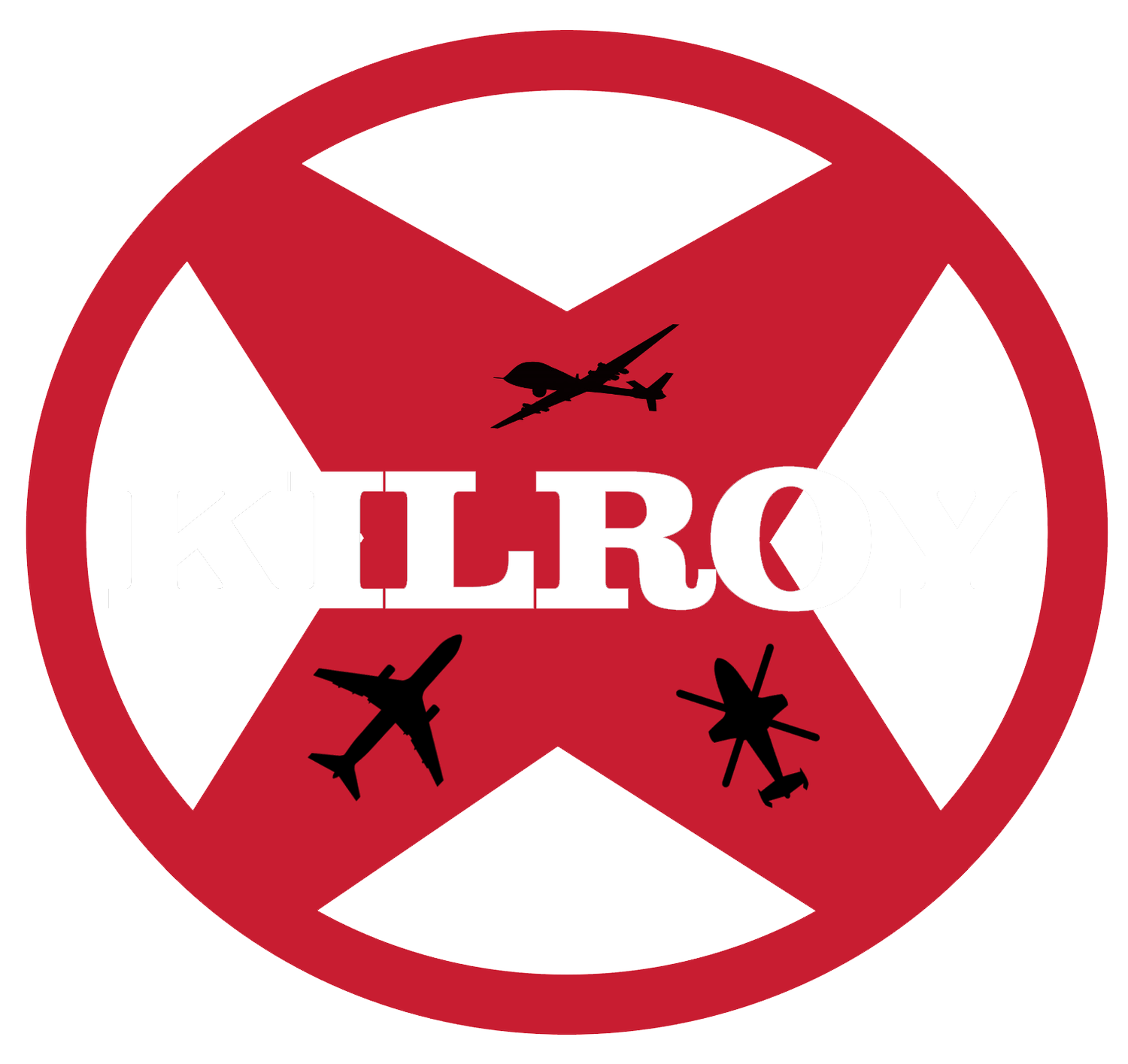The FAA 5-Year Plan
I had two tours in the FAA, 1985-1997 and 2004-2012. In those times I was able to watch my fellow engineers and inspectors go through the process of accepting or rejecting what the work is all about against their own place in the organization. It takes 5 years, give or take, to complete the process. What follows is my own story but I can safely guess elements ring true with the friends and coworkers I left behind when I retired.
The 5-year plan goes like this:
When we’re hired, it’s normal to think “This is GREAT! I can make a difference, I can save lives, help make the skies safer.” That is true enough but there’s a hitch.
Reality sets in after 2-3 years as we realize our contributions seem to be unappreciated, and we can become discouraged. This is the moment a decision is made; stay or go? Of those who leave, some leave from frustration and others leave because a few years in the FAA looks good on a résumé. Believe me, that’s an accurate statement.
Those who stay and push through to reach the 5-year point have probably settled in at some level. They may recognize their contributions have helped move the progress of an effort from glacial to perceptible. They may look back at a few actions they’ve taken and embrace the notion that they published an Airworthiness Directive, prevented a mid-air or refused to make an airworthiness determination until a necessary change was made.
There is true satisfaction in those moments but generally we had to accept the fact that nobody really noticed, and we quietly moved on. The satisfaction is real but frequently silent, internalized. There comes a point, however, when gratification arrives and remains as a constant, low level feeling. Competing with that warm fuzzy, however, is the stress and tension that comes as part of the job.
When we work in the FAA, we’re contributing to history, eventually we recognize history rolls along at its own pace and there’s not much we can do about it. I did a bit of rulemaking in my first tour, and even with cooperative rulemaking through the Federal Advisory Committee Act it took 5-10 years to change a single paragraph in a single regulation. Rulemaking must be a deliberative effort but honest truth, three years would be better (here’s where I show my OWN frustrations). Once a regulation is finalized it can remain for many, many decades and can have a long-term effect on aviation and public safety
One of the quiet benefits of working in the FAA is knowing and appreciating what HASN’T happened. The flying public doesn’t care about the accident that didn’t occur, the AD that prevented a catastrophe or the unsafe design that was never approved. It’s not the FAAs job to point that out to the public because it’s what they do, it’s simply part of the job. In general the public is unaware and that has to be OK. Of course when something happens the FAA gets ALL kinds of attention and executives get public thrashings, but that story is for another time.
I’ve often cynically mentioned that sometimes the greatest FAA power comes from doing nothing, and there’s a lot of truth to that. When an applicant is facing a contractual deadline and is pounding on the FAA door demanding their approval, that applicant becomes incentivized when (s)he is informed the approval will come when that one last, critical piece of the design is changed to bring the aircraft design into compliance. The applicant can scream bloody murder until the cows come home but the FAA might just sit like Buddha, quiet and serene. THAT is what I call the power and authority of inaction.
The second the FAA acts and puts ink to paper, that power is gone. Truthfully, it’s not a walk in the park to do nothing in those situations. The applicant isn’t really feeling that incentive in the middle of a program and there are often difficult discussions and stressful periods as one is holding the line. It’s appropriate and acceptable for an applicant to ask WHY they’re being told no, and to demand an answer, which they deserve. It’s also reasonable for the applicant to play “What if?”, as in “What if we do this, or try that?” The FAA representative had better be prepared for those discussions and know the regulations and policy behind an FAA position or decision.
The stress is constant and pervasive and felt by all. When I left the FAA I felt like I was walking out in the middle of a firefight, leaving my team and running for safety because the tension of the job is constant and can be very high. This may seem like I’ve digressed, but not really. My point is, a decision to stay after year #5 is a decision to join the fight.
OK, for the record this BLOG has presented quite a few generalizations. Every person has a different experience, and each FAA organization plays a different role. This reflects my own experience in Aircraft Certification, working in type and production certification and Continued Operational Safety (COS), but I’m confident that there is a grain of truth for every single individual who has passed through the FAA or is still there. I post this document without apology or regret. So there.
Mike Borfitz, CEO
July 11, 2024
Kilroy Aviation LLC, www.FAAODA.com
